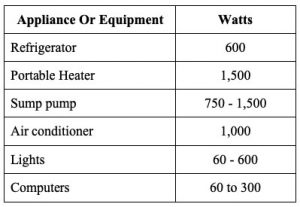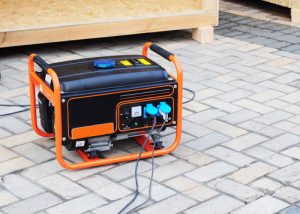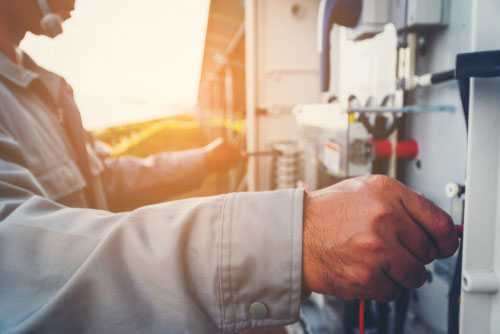May 23, 2019
When a blackout happens, a generator can help regulate the temperature in your house, making them essential equipment for home and business owners in order to keep families comfortable or to ensure that business operations continue.
Sadly, people usually buy generators during major storms, thus being unable to properly select a suitable generator. Follow the tips below to get the best generator for your needs so you won’t waste your money purchasing one you cannot use.
Generators are sold based on their power output. The amount of power (watts) they provide will determine how many appliances and lights they can run simultaneously. The consistency and quality of the power produced will determine how well these appliances will run.
You can try about 5,000 watts minimum to cover necessities. Then, think about which lights or appliances you can’t live without while the power is out. After which, add the amount of watts to the minimum number (5,000) that was allotted previously. It is best to check the appliances’ manufacturer’s brochure to ensure that you’ve got the watts correctly. Below are rough numbers for essentials within the house:

 2. Know the type of generator suited to your needs.
2. Know the type of generator suited to your needs.When your electricity supplier fails during storms, you will need a generator to power your appliances. Selecting the right generator means you need to know the different options you can choose from. Standby generators around the house are permanently installed, automatically kicking in during outages. On the other hand, inverter and portable generators can be transported from one place to another, and they come in various sizes. Learn the generator suited to your needs by familiarizing yourself with the different types of generators below:

Some of the features that might be important include the following:
A transfer switch connects a generator to the circuit panel safely through a cable. Potential danger could result from the absence of a transfer switch, leading to generator damage and fried appliances. Usually, transfer switches are designed for an input of 220 volts. Thus, you’re looking at generators with a power output of 5,000 watts or higher. Transfer switches should be installed by a licensed electrician, who should walk you through how to use it.
When buying a generator, it is important to know your power output needs, generator types, essential features, and the importance of a transfer switch. Once you get the information you need, you are on your way to having a working generator that you can use once the power goes out.
In this episode, I sat down with Beejan Giga, Director | Partner and Caleb Emerson, Senior Results Manager at Carpedia International. We discussed the insights behind their recent Industry Today article, “Thinking Three Moves Ahead” and together we explored how manufacturers can plan more strategically, align with their suppliers, and build the operational discipline needed to support intentional, sustainable growth. It was a conversation packed with practical perspectives on navigating a fast-changing industry landscape.